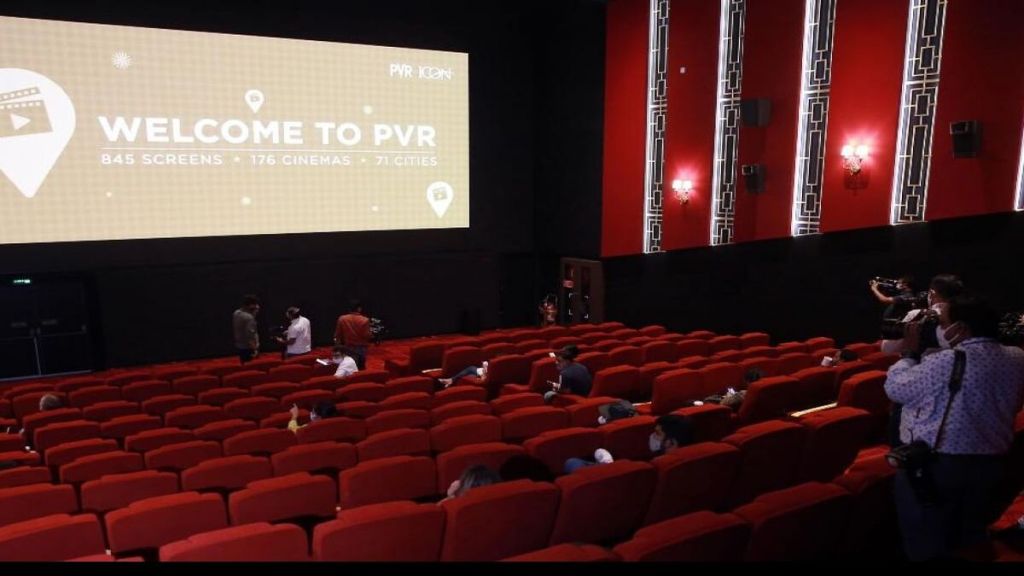After the merger announcement, PVR chairman Ajay Bijli spoke to FE’s Devina Joshi on the rationale behind the move, the synergies it brings, luxury formats, and average ticket pricing.
On synergies between PVR and Inox
India is still grossly under-screened when you compare it with markets like China and the US. There is tremendous scope for growth. Talks with Inox had been going on for a while, and everyone knows that because of the pandemic, the film exhibition industry did get bruised for two years. I wouldn’t say that is a reason for the merger, but let’s just say the rationale to merge became even more relevant. PVR and Inox both have synergies when it comes to giving a certain quality of big-screen entertainment, whether on their luxury format or regular screens, and prior to the pandemic, had been expanding at 80 screens per year organically. It will take six-nine months for the procedure of the merger to be completed.
On the perception that multiplexes are ‘expensive’
India is a very disparate market, and you will find a consumer at every price point. Currently, there are not enough cinemas in the lower tier markets, so there is much potential in tier-I, II, and below cities. While both Inox and PVR have luxury format screens too, only 15% of our portfolio constitutes luxury. Our average ticket price is actually sub- Rs 200, or even Rs 150 in the lower tiers. So, I would say cinema solutions exist at every price point and the concept of going out of home to watch filmed entertainment will not go anywhere.
On the threat of digital/OTT-only film releases
OTT and cinema have co-existed even before the pandemic. So I wouldn’t call OTT a threat at a time when theatre shutters were down and we couldn’t even compete. Just like how people cook at home as well as sometimes go to restaurants to eat, home viewing and theatrical viewing will co-exist. While the pandemic may have increased the decibel of OTT platforms, big-screen entertainment still remains a powerful medium for storytelling.


